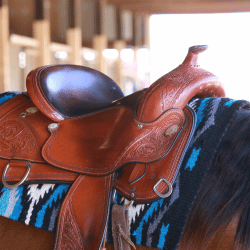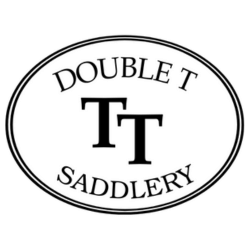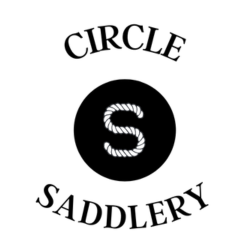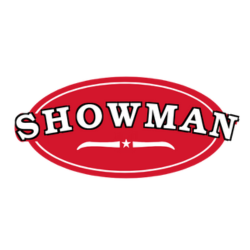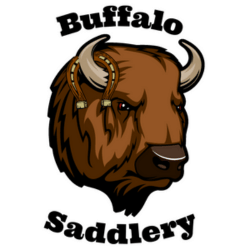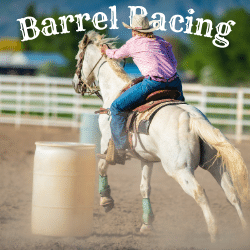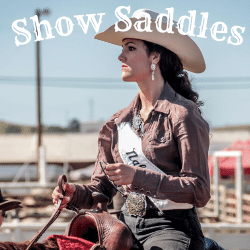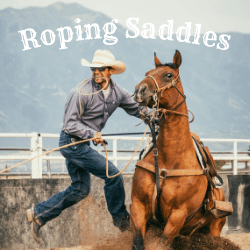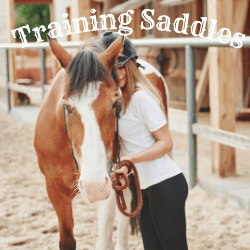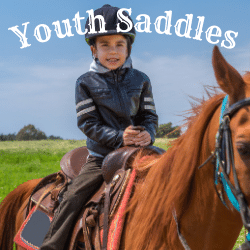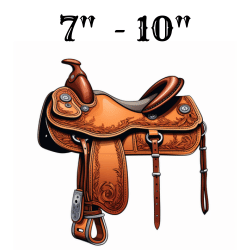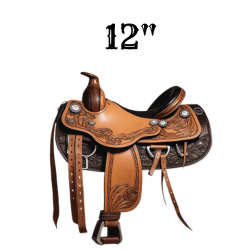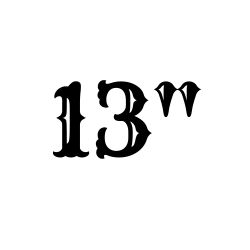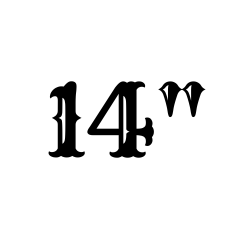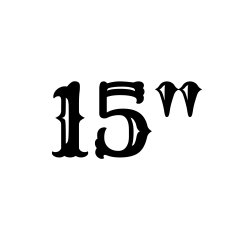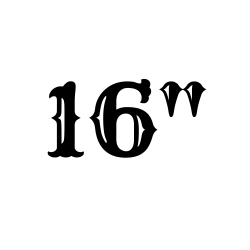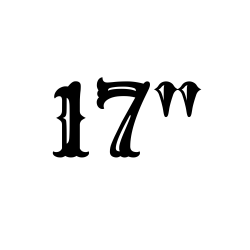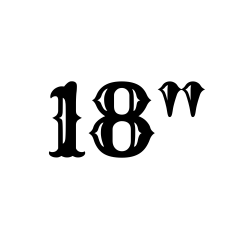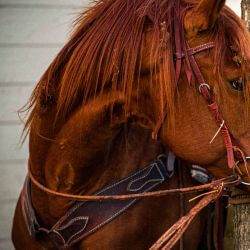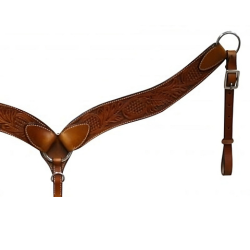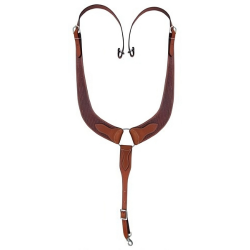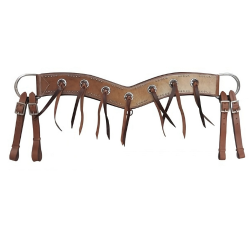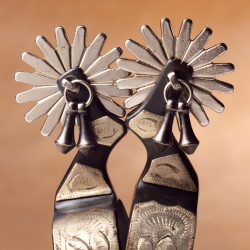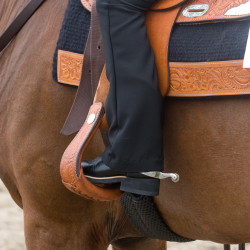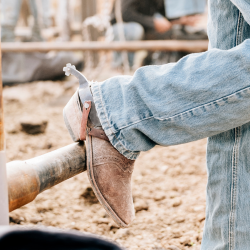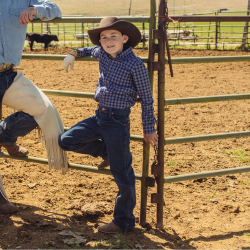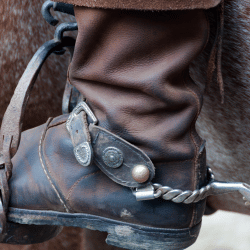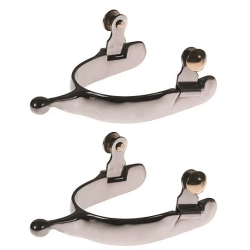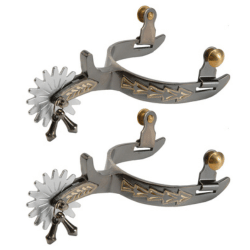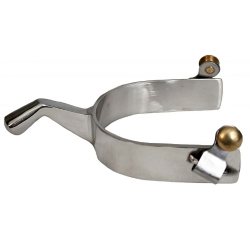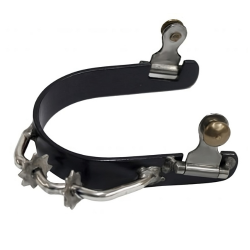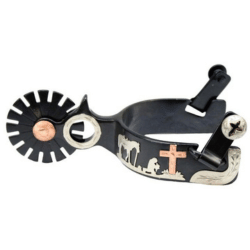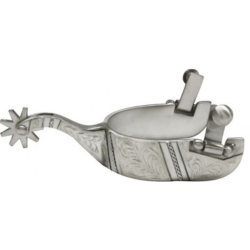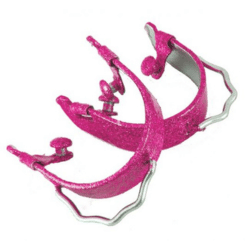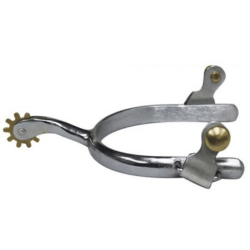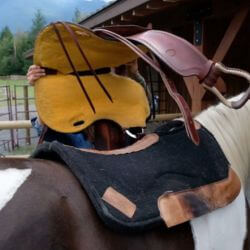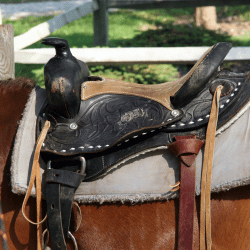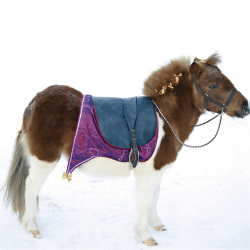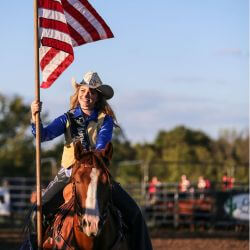When it comes to properly fitting equipment for your horse, one important piece to consider is the breast collar. A breast collar is a harness-like strap that runs across the chest of a horse and helps distribute the weight of a rider or a load. It not only helps keep the saddle in place but also provides stability and support during various activities such as riding, pulling a cart, or working on a farm.
However, in order for a breast collar to truly serve its purpose and provide maximum comfort and functionality for your horse, it is crucial to ensure a proper fit. A poorly fitted breast collar can lead to discomfort, restricted movement, and even injuries for your equine companion.
In this blog post, we will discuss the importance of measuring your horse for a breast collar and provide you with a step-by-step guide on how to do it correctly. We will also explore the impact of a correctly fitted breast collar on your horse's comfort and performance, as well as how it can help prevent injuries and discomfort.
To get started, you will need a few tools and supplies, including a measuring tape or stick, a notepad and pen to record your measurements, and an assistant if needed. We will walk you through the process of calming your horse before measuring, determining where to measure on your horse's body, and how to accurately record and interpret the measurements.
Once you have your horse's measurements, we will guide you on selecting the right breast collar based on those measurements. We will discuss the different types of breast collars available and their suitable measurements, as well as provide tips on trying the breast collar on your horse and making any necessary adjustments.
By the end of this blog post, you will have a comprehensive understanding of how to measure your horse for a breast collar and the importance of ensuring a proper fit. So let's dive in and give your horse the comfort and support it deserves with a well-fitted breast collar.
Introduction to Horse Measurements and Breast Collars
Before we delve into the specifics of measuring a horse for a breast collar, it is important to understand the concept of horse measurements and the role that breast collars play in equine equipment.
Horse measurements are essential in ensuring that the gear and equipment used on a horse fit properly, providing comfort and safety. Just like humans, horses come in different shapes and sizes, and a one-size-fits-all approach simply won't suffice. By taking accurate measurements of your horse, you can ensure that any equipment, including the breast collar, is tailored specifically for your horse's unique dimensions.
Breast collars, also known as breastplates or breastgirths, are designed to secure the saddle in place and provide additional support and stability. They consist of a strap or harness-like structure that runs across the chest of the horse, attaching to the saddle's girth or billets. This arrangement helps distribute the weight of a rider or a load more evenly, reducing the strain on the horse's back and allowing for better balance during various activities.
Additionally, breast collars can be beneficial for horses that tend to have a saddle slip to one side or those engaged in activities such as pulling a cart or working on a farm. They help prevent the saddle from sliding backward or sideways, ensuring a more secure and comfortable riding or working experience for both the horse and the rider.
Understanding the importance of horse measurements and the function of breast collars sets the foundation for why measuring your horse for a properly fitted breast collar is crucial. In the following sections, we will explore the reasons why a correct fit is essential for your horse's comfort, performance, and overall well-being. So let's continue on this journey of ensuring the perfect fit for your horse's breast collar.
Why Proper Measurement for a Breast Collar is Crucial
Proper measurement for a breast collar is crucial for several reasons. In this section, we will explore the importance of achieving the correct fit for your horse's breast collar, considering both the horse's comfort and overall performance.
Importance of Correct Fit for Horse's Comfort
A properly fitted breast collar ensures the comfort of your horse during various activities. Just like ill-fitting shoes can cause discomfort and pain for humans, an ill-fitting breast collar can lead to discomfort, chafing, rubbing, and even sores on your horse's chest and shoulders. These issues can cause significant discomfort for your horse, making it difficult for them to perform at their best and potentially leading to behavioral issues.
By taking accurate measurements and selecting the right-sized breast collar, you can avoid unnecessary discomfort and ensure that the pressure is distributed evenly across the chest area. This allows your horse to move freely without any restrictions or discomfort caused by an ill-fitting breast collar.
Impact on Horse's Performance
A well-fitted breast collar can significantly impact your horse's performance. When a breast collar fits properly, it helps stabilize the saddle and prevents it from shifting backward or sideways during riding or other activities. This stability allows your horse to maintain better balance, especially during quick turns, jumps, or sudden stops.
Without a properly fitted breast collar, the saddle may slide back, causing the rider to lose balance and potentially leading to accidents or falls. Moreover, an ill-fitting breast collar can restrict the horse's shoulder movement, hindering their ability to extend their stride and perform at their full potential.
By ensuring a correct fit for the breast collar, you can optimize your horse's performance, whether it's in competitive events, trail riding, or any other equine activity.
Preventing Injuries and Discomfort
One of the primary reasons for measuring a horse and fitting a breast collar correctly is to avoid injuries and discomfort. An ill-fitting breast collar can cause excessive pressure on certain areas, leading to soreness, bruising, and even more severe injuries. Over time, these injuries can develop into chronic issues, impacting your horse's overall well-being and potentially requiring extensive veterinary care.
By taking the time to measure your horse accurately and select the right-sized breast collar, you can mitigate the risk of injuries caused by an ill-fitting harness. A properly fitted breast collar will distribute the pressure evenly, reducing the likelihood of chafing, rubbing, or pinching.
In the next section, we will discuss the tools and supplies you will need to measure your horse for a breast collar accurately. So let's move forward and ensure that your horse's breast collar fits perfectly, providing optimum comfort, performance, and safety.
Tools and Supplies Needed for Measuring
Before you begin measuring your horse for a breast collar, it's essential to gather the necessary tools and supplies. Having the right equipment at hand will ensure accurate measurements and a smooth measuring process. Here are the tools and supplies you will need:
Measuring Tape or Stick
The most crucial tool for measuring your horse is a measuring tape or stick. A flexible measuring tape is ideal as it can easily wrap around the horse's body. Alternatively, you can use a measuring stick, which is a rigid measuring tool that provides precise measurements. Choose a measuring tape or stick that is long enough to measure the circumference of your horse's chest and other relevant areas.
Notepad and Pen
Keeping a notepad and pen handy is essential for recording your horse's measurements. As you measure various areas of your horse's body, it's important to jot down the measurements accurately to refer back to when selecting the appropriate breast collar size.
An Assistant (optional)
While not essential, having an assistant can be helpful during the measuring process. An extra set of hands can assist in holding the measuring tape or stick in place, keeping the horse calm and still, and recording the measurements accurately. If you don't have an assistant, you can use a sturdy surface or a fence post to hold the measuring tape or stick in place.
By having these tools and supplies ready, you can ensure a seamless and accurate measuring process. In the next section, we will guide you through the process of measuring your horse for a breast collar, from calming your horse to recording the measurements. So let's proceed and ensure that you have everything you need to measure your horse accurately.
The Process of Measuring Your Horse for a Breast Collar
Measuring your horse for a breast collar is a step-by-step process that involves ensuring your horse is calm and cooperative, identifying the specific areas to measure, and recording the measurements accurately. In this section, we will guide you through the entire process to help you measure your horse for a breast collar correctly.
How to Calm Your Horse Before Measuring
Before starting the measuring process, it is important to ensure that your horse is calm and relaxed. This will not only make the measuring process easier but also ensure more accurate measurements. Here are a few tips to help calm your horse:
-
Choose a quiet and familiar location: Opt for a location where your horse feels comfortable and is less likely to be distracted or agitated.
-
Groom and massage your horse: Spend some time grooming and massaging your horse to help them relax and release any tension or anxiety.
-
Use calming techniques: Employ techniques such as deep breathing, gentle stroking, or speaking softly to help create a calm environment for your horse.
Where to Measure on the Horse's Body
To measure your horse accurately for a breast collar, you need to identify the specific areas on the horse's body that require measurement. The key areas to measure include:
-
Chest circumference: Measure the circumference of the horse's chest at the widest point, just behind the horse's front legs. This measurement will determine the appropriate width of the breast collar.
-
Shoulder to girth length: Measure the distance from the point of the horse's shoulder to the girth area, which is where the saddle's girth or billets will attach to the breast collar.
-
Neck circumference: Measure the circumference of the horse's neck at the base, just above the withers. This measurement will help determine the appropriate size of the neck strap or yoke on the breast collar.
How to Record Your Measurements
As you measure each area, it is crucial to record the measurements accurately. Use your notepad and pen to write down the measurements next to the corresponding area. This will help you refer back to the measurements when selecting the appropriate breast collar size.
Interpreting the Measurements
Once you have recorded all the measurements, it's time to interpret them to determine the right-sized breast collar for your horse. Compare the measurements with the sizing guidelines provided by the manufacturer or retailer of the breast collar you intend to purchase. Ensure that the breast collar's dimensions align with your horse's measurements to ensure a proper fit.
In the next section, we will explore the process of selecting the right breast collar based on your measurements and provide guidance on trying it on your horse and making any necessary adjustments. So let's continue on this journey to find the perfect fit for your horse's breast collar.
Selecting the Right Breast Collar Based on Your Measurements
Once you have accurately measured your horse for a breast collar, the next step is to select the right breast collar based on those measurements. In this section, we will discuss the different types of breast collars available and their suitable measurements. We will also guide you through the process of trying the breast collar on your horse and making any necessary adjustments for a perfect fit.
Types of Breast Collars and Their Suitable Measurements
There are several types of breast collars available, each designed for different purposes and disciplines. The most common types include:
-
Pulling Breast Collar: This type of breast collar is commonly used for horses involved in pulling heavy loads or participating in activities such as draft work or pulling a cart. It typically has a wider and more substantial construction to provide maximum support and stability. When selecting a pulling breast collar, ensure that the chest circumference measurement matches the recommended size range.
-
Western Breast Collar: Western breast collars are popular in Western riding disciplines such as trail riding, ranch work, and Western pleasure. They come in various styles, including single-strap, double-strap, and roping breast collars. Consider the chest circumference measurement, as well as the neck circumference measurement, to choose the right size of Western breast collar for your horse.
-
English Breast Collar: English breast collars are commonly used in English riding disciplines such as dressage, jumping, and eventing. They are typically more lightweight and streamlined compared to Western breast collars. When selecting an English breast collar, consider both the chest circumference measurement and the shoulder to girth length to ensure a proper fit.
Trying the Breast Collar on Your Horse
Once you have selected the appropriate breast collar based on your horse's measurements, it's time to try it on your horse. Follow these steps to ensure a proper fit:
-
Attach the breast collar to the saddle: Securely attach the breast collar to the appropriate D-rings or attachment points on your saddle. Make sure the breast collar is positioned correctly, with the strap running across the chest and the yoke or neck strap resting comfortably at the base of the neck.
-
Adjust the straps: Adjust the straps of the breast collar to achieve a snug fit. The breast collar should be snug enough to prevent excessive movement but not so tight that it restricts your horse's movement or causes discomfort. Ensure that the breast collar sits above the point of the horse's shoulder and allows for proper shoulder movement.
-
Check for clearance and comfort: Ensure that there is enough clearance between the breast collar and your horse's chest to prevent rubbing or chafing. Run your fingers between the breast collar and your horse's chest to check for any areas of discomfort or pressure points. Make any necessary adjustments to alleviate any discomfort.
Making Necessary Adjustments
During the fitting process, it's essential to monitor your horse's comfort and movement. If you notice any signs of discomfort, rubbing, or restricted movement, make the necessary adjustments to the breast collar. This may involve loosening or tightening the straps, repositioning the breast collar, or even considering a different size or style of breast collar.
Regularly check the fit of the breast collar as your horse's body shape may change over time due to factors such as age, exercise, or weight gain/loss. Adjustments may be needed periodically to ensure an optimal fit and comfort for your horse.
In the next section, we will summarize the key points discussed so far and provide additional tips for maintaining the longevity of your horse's breast collar. So let's continue on this journey to ensure the perfect fit and comfort for your horse's breast collar.

